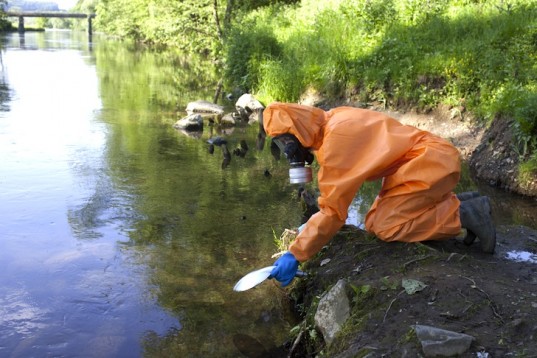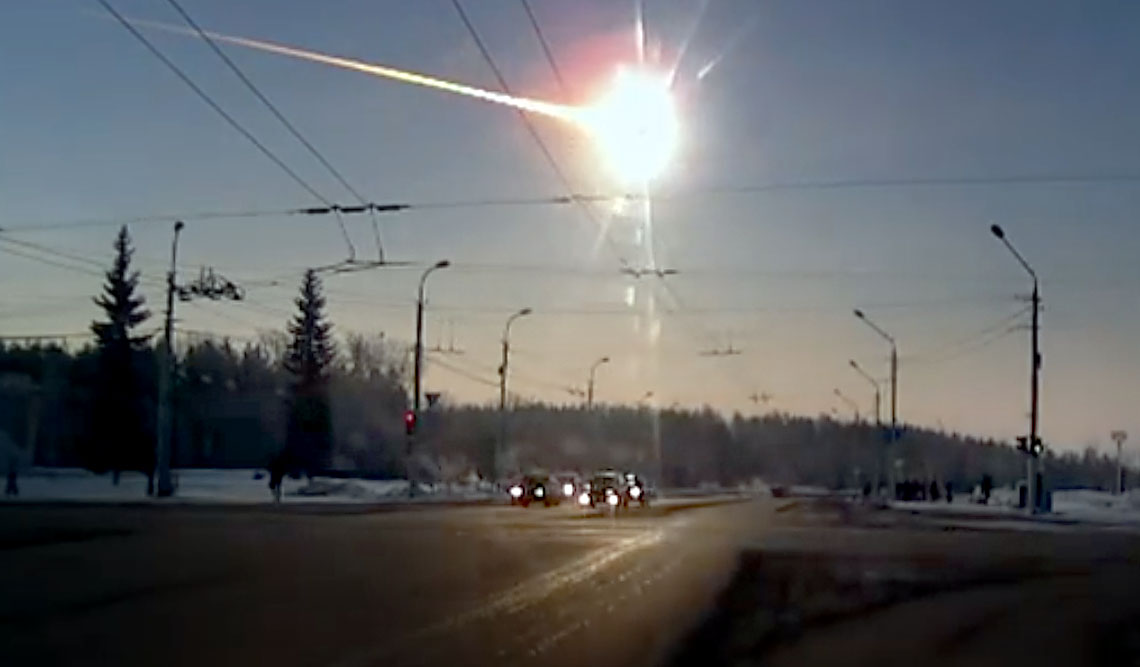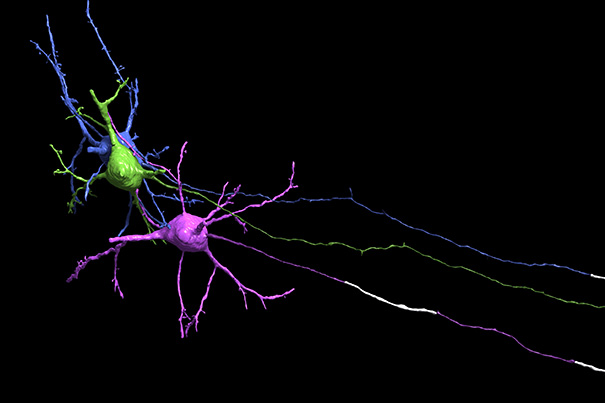
© Mike Heywood/Shutterstock
In the movie
Transcendence, which opens in theaters on Friday, a sentient computer program embarks on a relentless quest for power, nearly destroying humanity in the process.
The film is science fiction but a computer scientist and entrepreneur Steven Omohundro says that "anti-social" artificial intelligence in the future is not only possible, but probable, unless we start designing AI systems very differently today.
Omohundro's most
recent paper, published in the
Journal of Experimental & Theoretical Artificial Intelligence, lays out the case.
We think of artificial intelligence programs as somewhat humanlike. In fact, computer systems perceive the world through a narrow lens, the job they were designed to perform.
Microsoft Excel understands the world in terms of numbers entered into cells and rows; autonomous drone pilot systems perceive reality as a bunch calculations and actions that must be performed for the machine to stay in the air and to keep on target. Computer programs think of every decision in terms of how the outcome will help them do more of whatever they are supposed to do. It's a cost vs. benefit calculation that happens all the time. Economists call it a utility function, but Omohundro says it's not that different from the sort of math problem going in the human brain whenever we think about how to get more of what we want at the least amount of cost and risk.
For the most part, we want machines to operate exactly this way. The problem, by Omohundro's logic, is that we can't appreciate the obsessive devotion of a computer program to the thing it's programed to do.
Put simply, robots are utility function junkies.













Comment: More food for thought: The Truth Wears Off.